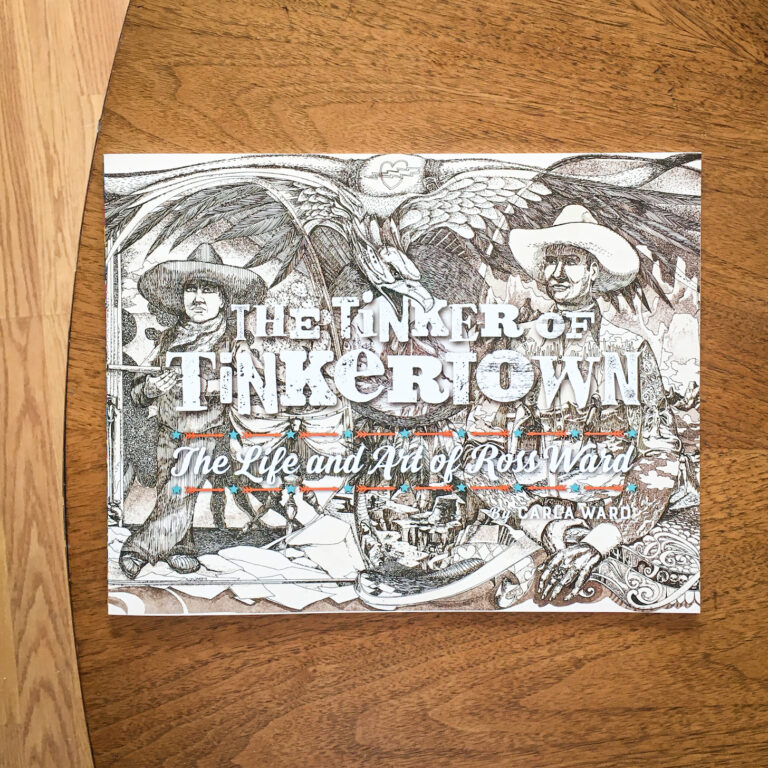McMurtry’s insistence on gritty detail can make for grisly reading, but he clearly believes that to leave them out would obscure the true nature of events. “What massacres usually do,” he writes straight off, setting the tone, “is reduce human beings to the condition of meat, though the bits of meat will be less tidily arranged than the cuts would normally be in a decent butcher shop.”
Oh What a Slaughter bears this description out and then some. The Mountain Meadows Massacre occurred when a wagon train passed through Utah and was ambushed, killing 140 people, some of them children. The event recently re-entered the news, thanks in part to a flurry of new books on the subject, from Sally Denton's American Massacre to Jon Krakauer's Under the Banner of Heaven.
Summarizing his reading, McMurtry writes that, “These various studies also attempt to determine why the massacre happened and—the biggest and most intractable question—who, if anyone, in the Mormon hierarchy ordered the killing. For nearly 150 years the finger of inquiry has been pointed at Brigham Young.”
Kick the dirt aside with your boot, McMurtry shows, and the stain of murder is everywhere (and on everyone) in the West. Much of this has to do with the American government's policy of forcibly removing Indians from their land. The Wounded Knee Massacre reveals how the collective guilt and fear of a backlash to this action could lead to wholesale killing.
At the time of the event, there were over 100 warriors camped with the Sioux chief, Big Foot, and that was about 99 too many. Once shooting started, it didn't stop. “Once the soldiers began to fire into the crowd, a frenzy developed that was not much different from the killing frenzies at the other massacres,” McMurtry writes. “Fear, nervousness, blind rage all contributed to a force that was soon unstoppable … in situations of high tension it takes only one vague, perhaps accidental, action to start a violent spasm of killing.”
In moments like these, one feels why it is important for novelists to try their hand at history. As fans of his tremendous fiction know, McMurtry always has his eye on the moral tipping point of human behavior. Though this book isn't a comprehensive study—the Marias River Massacre gets a scant four pages—it puts us on this battlefield enough to understand why these events still haunt the earth so, and why, sadly, they will probably not be the last of their kind.









